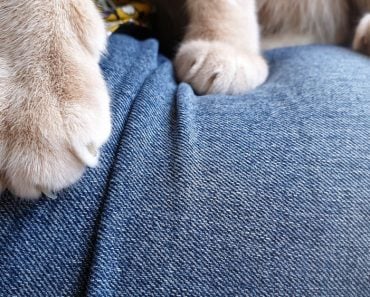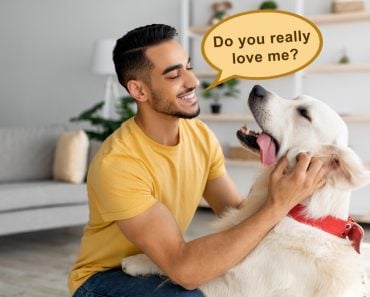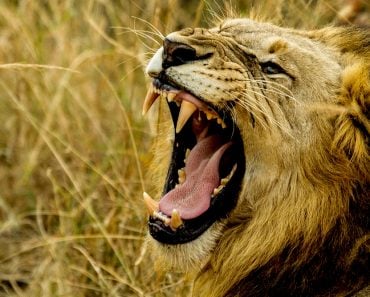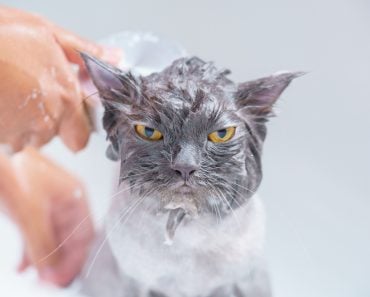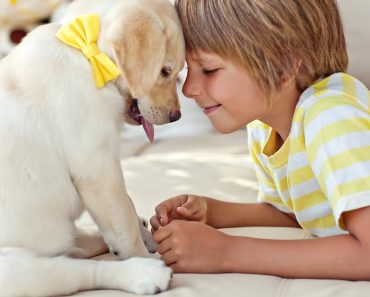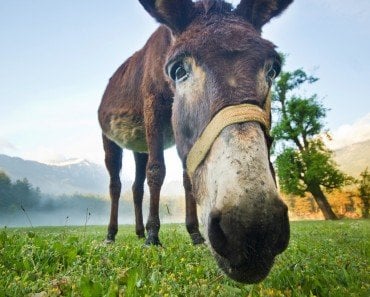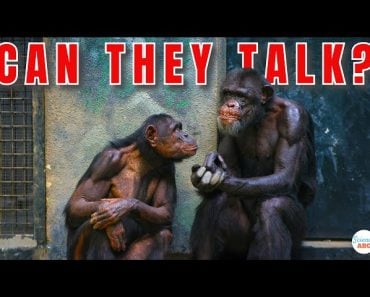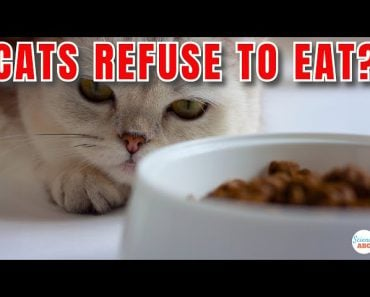Table of Contents (click to expand)
One way to tell if your cat (or any cat) likes you is to see if it will slow blink with you. Cats rub themselves against objects as a way to mark their territory and claim ownership. This phenomenon is referred to as allo-rubbing. Allo-rubbing is also a cat’s way of demonstrating affection.
Cats are not as bad as they are made out to be in the movie Cats & Dogs, where the central plot of the movie is the cats’ meticulous scheme to make all humans allergic to dogs—a bit extreme, I’d say. Yes, as we all know, these soft, fluffy, cute, but haughty cats make excellent household pets (and viral internet memes).
Cats, while they like to be around their human owners, are not known as attention seekers. Traditionally not as friendly or playful as dogs, they are nonetheless excellent housemates. They have more of a casual vibe, where both parties do their own thing; they like their space and give you yours as well. Some owners may think this detachment means their cat isn’t too fond of them.
However, despite little research on the subject, there is evidence that cats form emotional attachments with their humans. They may not jump for joy like dogs when we get back home, but they do express their affection in other ways. However, before we dive deep into understanding what signs to look out for in our cats to see if they like us, it’s important to identify what influences their mood.
Recommended Video for you:
What Influences A Cat’s Mood And Behavior?
One thing I admire about cats is their emotional intelligence and adaptability. They are incredibly tuned in to their owner’s mood and behavior. Cats are also very receptive and sensitive to the environment in which they reside.
A cat’s environment is crucial to its physical and emotional well-being.
An uncomfortable environment could have a negative impact on a cat’s mood. Similarly, a positive environment could have beneficial impacts on a cat’s mood and behavior. A cat’s mood is important to observe, as how it feels will naturally be directed to the owner.
It’s similar to having a friend who may be a little harsh towards you because they are in a bad mood after a very bad day.
One study provided evidence that your cat can mimic your behavior. If you’re feeling down, depressed or even happy, energetic and playful, it can directly impact your cat’s behavior. If an owner suffers from anxiety, anger, depression, self-consciousness or impulsiveness, there is a higher chance of that person’s cat also displaying behavioral problems or expressing symptoms of anxiety.
On the other side of the spectrum, if an owner is more chirpy, happy and likable, it will have a greater positive outcome on their cat. Cats belonging to happy owners display fewer behavioral issues, such as aggression or avoidance. In other words, if your cat is avoiding you or not expressing its desire to spend time with you, it may be because it’s feeling neglected.
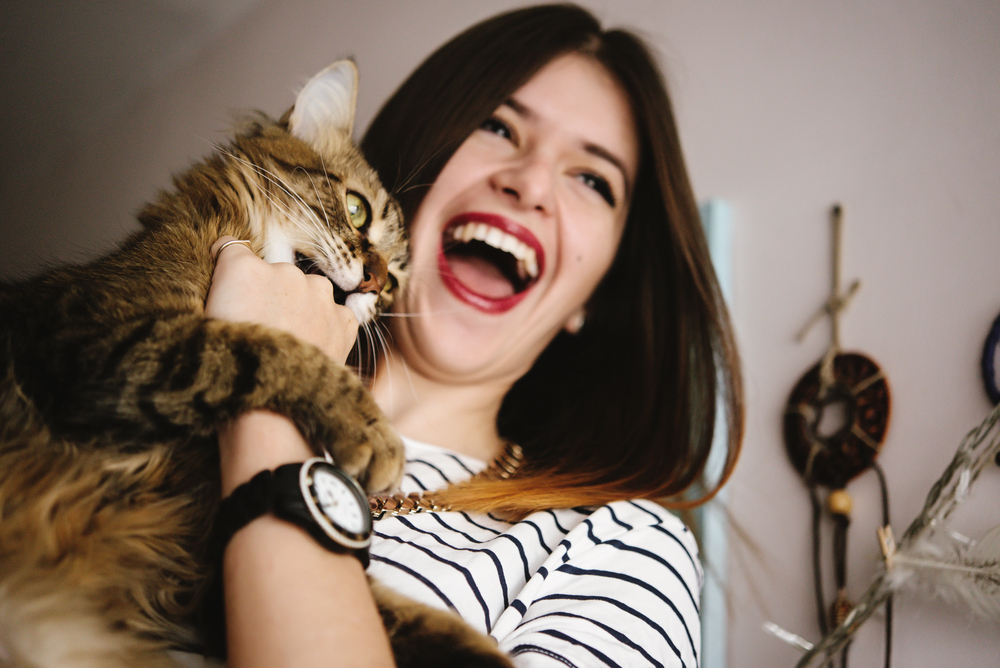
A cat’s environment also influences its mood and behavior, so the way your cat behaves towards you could also be a reflection of its environment. There are various factors that play a part, such as whether it lives in a strictly indoors environment or if outdoor access is allowed.
Another factor is whether you house your cat with other animals or make them your sole pet. Also, depending on the number of people in your household, your home could generally be a peacefully quiet or noisy/busy environment.
Noisy, stressful environments that don’t allow cats to release their pent-up physical energy will lead them to express aggressive behavior or signs of irritability.
Research also suggests that if you use your cat as an emotional support animal, it could cause the cat to feel insecure at times, whereas treating cats like a companion makes them feel more secure.
Signs That Your Cat Likes You
If you’re unsure about how your cat feels about you, there are a few small signs you can watch for; slow blinks and allo-rubbing.
Eye-narrowing Movements
One way to tell if your cat (or any cat) likes you is to see if it will slow blink with you.
One recent study made an insightful observation on this. In the study, cats were paired with their owners, who were tasked to grab their attention. Once the cat’s attention was on their owner, the owner had to slowly blink at them.
Guess what? The cats slowly blinked back at their owners by narrowing their eyes just enough that it seemed like they were blinking, without their eyelids making actual contact. You could say they were squinting their eyes.
However, this response was not seen when the owners didn’t slowly blink at their cat or interact with them.
In the same study, but another variety of the experiment, the cats interacted with the researchers conducting the study, rather than with their owners.
The cats preferred approaching the researchers after they slow-blinked at them, as compared to when they maintained a neutral facial expression and didn’t make direct eye contact. The study concluded that cats react to slow blinking from humans in a positive manner, as “slow blinking” in this unique manner instilled a feeling of trust and security in the cats.
Unfortunately, it is not known why cats slow blink at someone they trust. Perhaps cats learned how to slow blink because humans subconsciously appear to perceive slow blinking as positive. This slow blinking could have previously been reinforced by their owners via positive reinforcements, and cats, being as intelligent as they are, could have picked up on it.
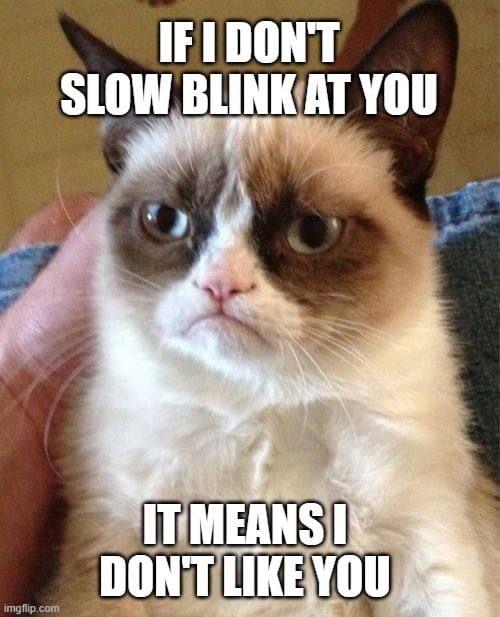
Try this with a cat and see what happens for yourself. If you’ve had bad luck making friends with a cat, make eye contact and slowly blink. It’s a good way to make first contact with a friend or significant other’s cat.
Allo-rubbing
One study produced circumstantial evidence that cats rub themselves against their owners more often when they are in a depressed mood.
Cats rub themselves against objects as a way to mark their territory and claim ownership. This phenomenon is referred to as allo-rubbing. Allo-rubbing is also a cat’s way of demonstrating affection. It’s an attempt to comfort their owner and say “you’re not alone”.
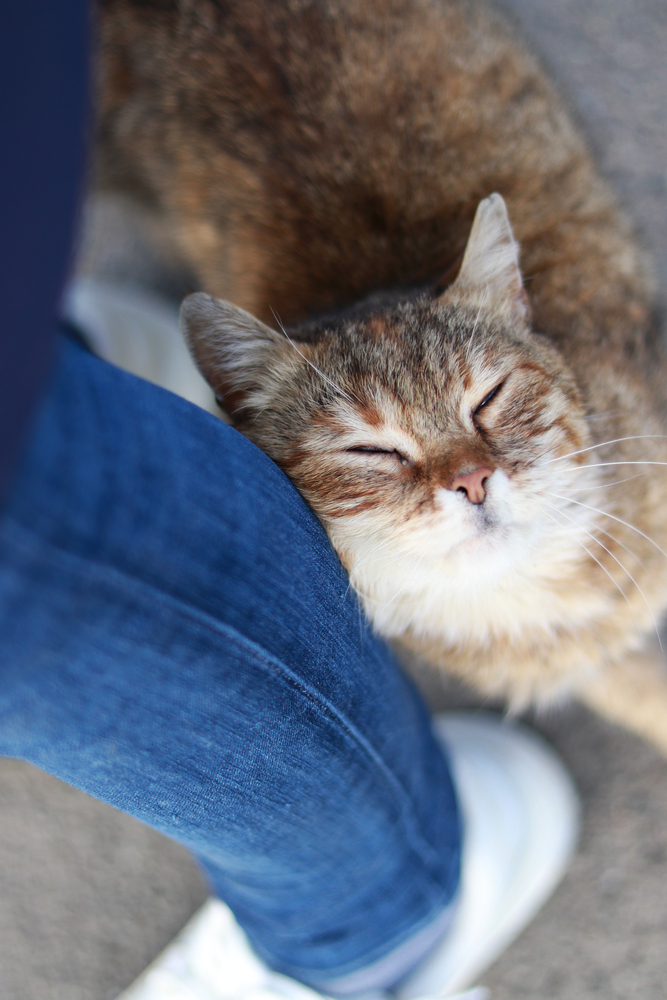
Feeding Time Affects Your Relationship With Your Cat
Feeding times are the best opportunities for social contact with cats. But naturally, feeding your cat at irregular intervals or with insufficient quantities of food isn’t going to make you their favorite person. That being said, don’t think you can simply bribe your way into their heart with some treats. You may be buying their love in the short term, but you will eventually bear the long-term cost of feeding irregularity.
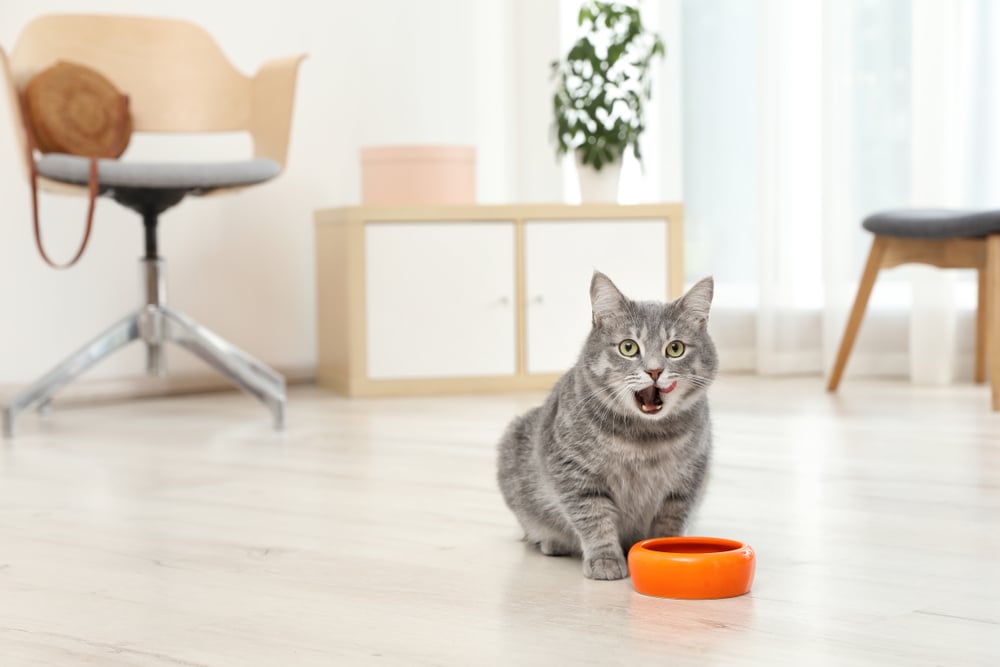
Conclusion
In general, your cat tends to take behavioral cues from your own behavior and attitude, as well as from its environment. A relationship between a human and his or her pet cat is similar to that of a parent and child. Every cat owner and lover feels an obligation to provide an environment in which their cat can thrive.
I’m sure your cat appreciates the care you provide it, but if you still feel that your cat isn’t happy or excited about you as an owner, try reflecting on your own behavior. Look for small modifications you can apply to make the environment more suitable. Observe how your cat responds to these changes, how it behaves in the presence of company, and whether or not it slow blinks at you!
References (click to expand)
- Turner, D. C. (2017, August). A review of over three decades of research on cat-human and human-cat interactions and relationships. Behavioural Processes. Elsevier BV.
- Finka, L. R., Ward, J., Farnworth, M. J., & Mills, D. S. (2019, February 5). Owner personality and the wellbeing of their cats share parallels with the parent-child relationship. (I. A. S. Olsson, Ed.), Plos One. Public Library of Science (PLoS).
- Rieger, G., & Turner, D. C. (1999, December). How Depressive Moods Affect the Behavior of Singly Living Persons Toward their Cats. Anthrozoös. Informa UK Limited.
- Humphrey, T., Proops, L., Forman, J., Spooner, R., & McComb, K. (2020, October 5). The role of cat eye narrowing movements in cat–human communication. Scientific Reports. Springer Science and Business Media LLC.


